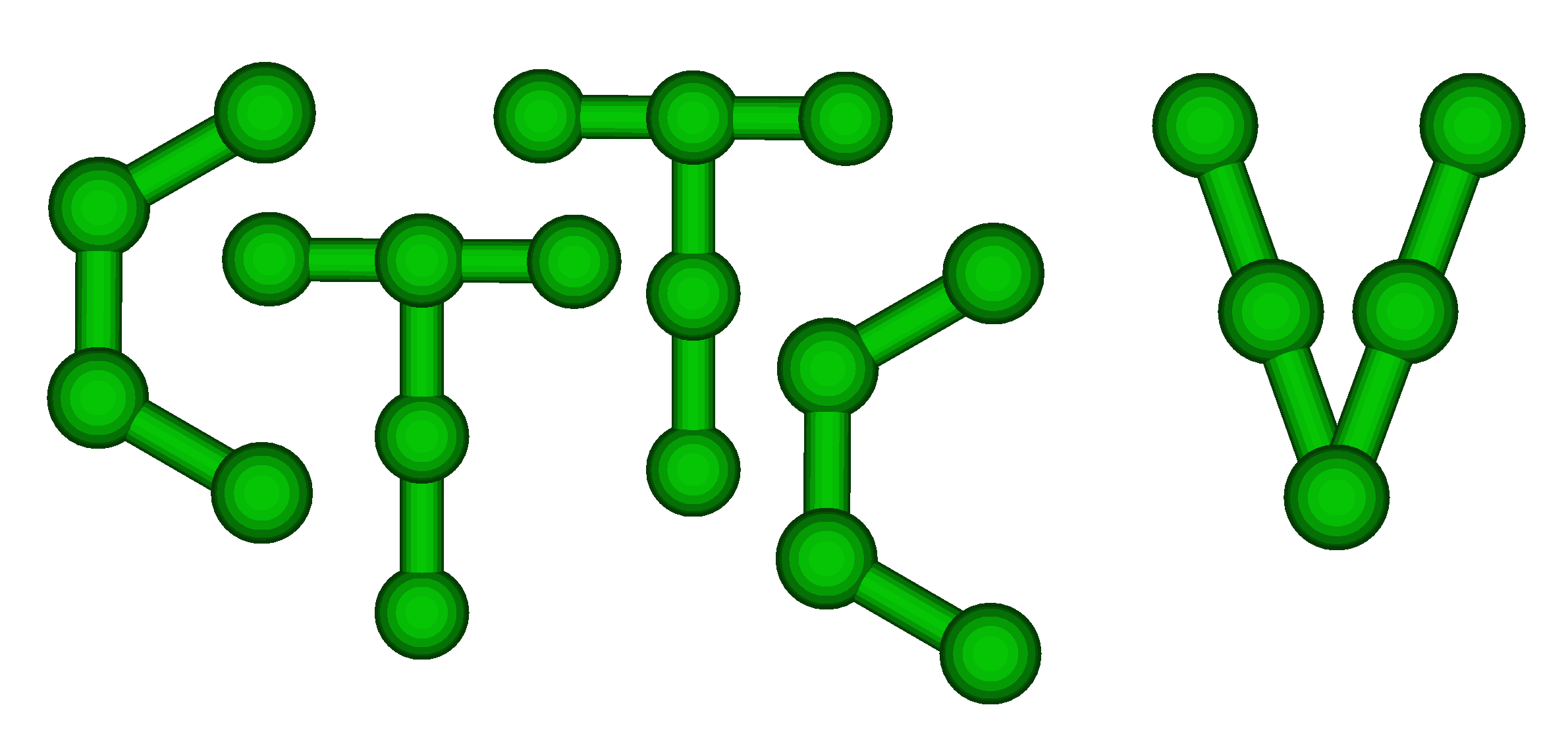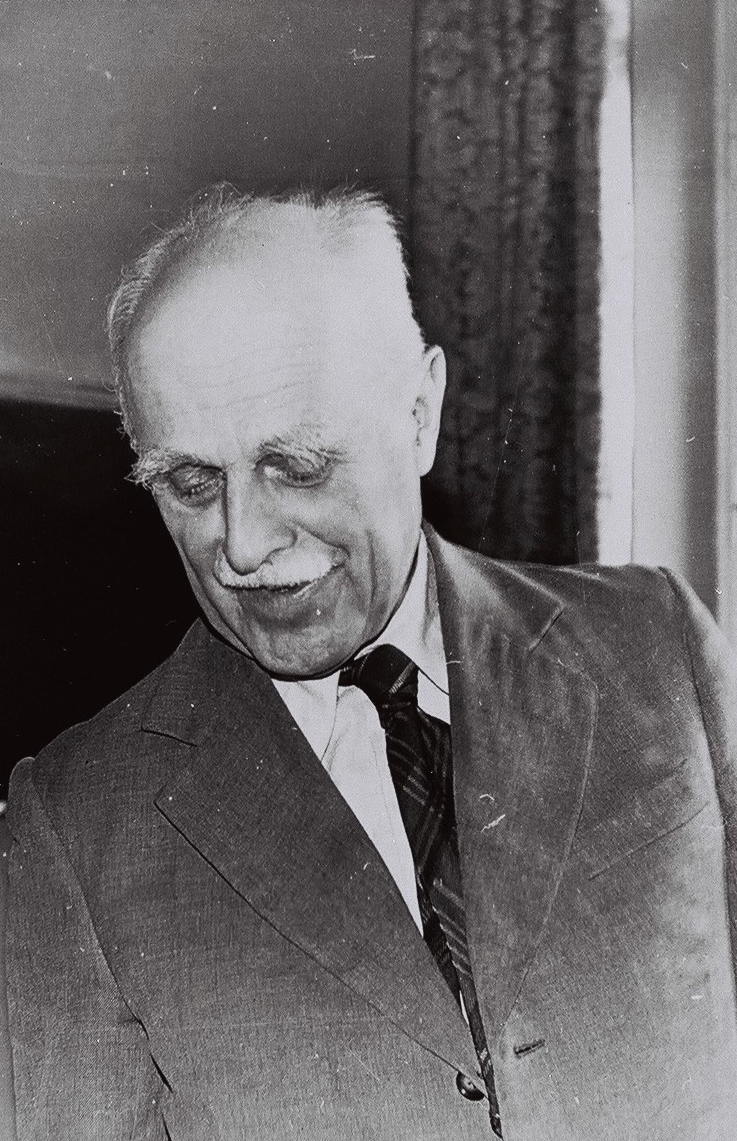
in Theoretical Chemistry V
6-10 July 2008, Kraków, Poland

|
Current Trends in Theoretical Chemistry V 6-10 July 2008, Kraków, Poland |
Kazimierz Gumiński (1908-1983)
Kazimierz Gumiński was born in Zalesie (South-Eastern Poland) on 4th March 1908 to a landed gentry family. He attended schools in the nearby Rzeszów, to complete his secondary education in 1926. After a year of military service, he started to study chemistry at the Lvov Polytechnical University, but the utilitarian industry- oriented profile of the school failed to satisfy his interest in fundamental science; consequently, after three years he moved to Kraków to continue his studies at the Philosophical Faculty of the Jagiellonian University. Here he received his Magisterium Philosophiae in chemistry on 19th April 1931. Gumiński pursued his further studies at the Department of Physics of the Warsaw University, under the supervision of Professors M. Centnerszwer and S. Pieńkowski. His doctoral thesis was concerned with the luminescence of aluminum anodes, and was defended on 14th February 1937. He participated in the defense of Poland in 1939 („September Campaign"); under the German occupation he was employed initially as a bookkeeper of a land property, and later as a forestry laborer in the Podhale region. When the war ended, in February 1945 he started to work as Professor B. Kamieński's assistant at the Chair of Physical Chemistry of the Jagiellonian University. He completed his habilitation in March 1948. The same year, in September, he became the head of the Chair of Physical Chemistry at the Polytechnical University of Wrocław, first as Deputy Professor and later (since 16th August 1949) as Associate Professor. In the difficult post-war conditions he had to organize the Chair essentially from scratch; he continued this work until 1954. Meanwhile, during the academic year 1951/52 he was also the Dean of the Faculty of Chemistry of the Polytechnical University of Wrocław. In September 1952 Kazimierz Gumiński was appointed to the Chair of Theoretical Chemistry, founded then at the Jagiellonian University within the Faculty of Mathematics, Physics and Chemistry. In addition, in the years 1954-1962 he was working at the Department of Surface Phenomena of the Polish Academy of Sciences, located in Kraków. On 29th December 1962 he was promoted to full professorship. Gumiński's initial research interests were rooted in his work on luminescence of aluminum anodes, which was the subject of his doctorate and habilitation. One of his original contributions was the description of the pertinent luminescence process in terms of non-equilibrium thermodynamics; this latter area was his favourite for most of his life. His work on thermodynamics, although not rich in highly original results, had a strong unifying slant and in the eyes of some experts (I. Gyarmati) won him the standing of one of the classics. Besides, he was keenly interested in "structure-sensitive properties of organic crystals", by which he meant primarily the electrical and optical properties. He initiated this kind of research in Poland (in Wrocław with emphasis on experiment and in Kraków with emphasis on theory). He wrote several textbooks and monographs, crucial for his students at the time when scientific literature was in very short supply. Gumiński was an excellent teacher. His lectures were crystal-clear consistently planned virtuoso performances, interspersed with humorous comments and occasional digressions. He was admired by his students, but at the same time slightly feared as a demanding examiner and consummate psychologist. His interest in psychoanalysis was well known in the scientific community; as a matter of fact, his expertise in this field was highly regarded also by professionals. But first and foremost, Gumiński was a mentor. The war, which broke out at the crucial moment of his career, in his opinion practically obliterated his chance for a major original contribution. Having started as a physical chemist, he was interested mostly in theoretical problems. He realized that at his age it would be very difficult to catch up, especially with the needed mathematical background, and that in this field the most creative scientists were the young ones. He decided to help them, largely giving up his own professional advancement. In the post-war years Poland's human resources were at their ebb. A considerable part of the pre-war intellectual elite was dead; the survivors were physically emaciated and emotionally burnt out. The country desperately needed intellectuals and needed them fast. Poland had talented and highly motivated young people, but they needed first-class education and guidance. This was just what Gumiński could provide. He started in Wrocław, organizing a successful experimental team, working in the field of physical chemistry. Subsequently, in 1952, confronted with the unprecedented task of organizing the Chair of Theoretical Chemistry - first in Poland and one of the first in the world - he immersed himself entirely in this effort. His school soon became famous in the country and gradually acquired recognition abroad. Teaching theoretical chemistry at MSc level (which at that time was unique in Poland), Gumiński selected the prospective candidates for further studies and research work. The formal setting of doctoral studies in his "racing stable" (as it was called) was changing, following the changes in the legal structure of tertiary education institutions, but the intellectual standards were always the same. In the first place, his young collaborators had to pass a number of examinations with the country's best specialists in a given field; the specific curriculum varied to a large extent, depending on the individual educational background and research interests of the candidate. Those who had completed MSc in physics, had to complement their education by passing exams in chemistry (inorganic, organic and physical). Those who were chemists by training, i.e. the majority, had to pass exams in mathematics (calculus, algebra, functions of the complex variable etc.) at the level appropriate for professional mathematicians, and theoretical physics (mechanics – classical and quantum, statistical physics, field theory) at the level normally required of physicists. Later on, the candidates passed exams at monographic level (including current literature) in their (eligible) field of specialization (e.g. quantum chemistry or statistical thermodynamics). At that time they were expected to formulate and solve research problems and to write papers, which were published mostly in reputable international journals. Normally, it was the candidate who ultimately proposed the subject of the doctoral thesis; it consisted of one (or a few) of these papers, translated to Polish to satisfy the legal requirements for the degree. During the entire course of doctoral studies, Gumiński's acolytes taught theoretical chemistry at MSc level, starting with weekly classes and gradually introduced into giving lectures and carrying out examinations. A successful PhD graduate was usually sent abroad for a post-doctoral fellowship with one of the leading authorities in the respective field (Moffitt, Coulson, Néel, Pauling, Prigogine).
Gumiński was a demanding mentor. Reliability was one of his principal requirements. Once the schedule of exams was agreed upon (which was an interactive process), he was adamant on following it. Apart from that, he was extremely friendly and genial. He had lots of stories to tell, often using them as an unobtrusive way to convey his views on research strategy and ethics, teaching programs, preferable methods of teaching, or organization of a research group. Any time, he was ready to discuss his collaborators' life problems and give good advice. Whenever he could, he helped to streamline the employment and accommodation formalities. In 1962, when Department of Theoretical Chemistry was ten years old, its activity could be summarized as very successful. There were five doctoral degrees conferred and two in progress; one of the graduates completed his habilitation. The doctorates were normally completed within 3-4 years, with the outcome of some 5 published papers. This is what Gumiński reported then to the Minister of Science and Tertiary Education. At the same time, he asked about the suggested strategy of further activity. The initial idea was to train in a short time a number of theoreticians for potential faculty positions at the universities of the ruined Poland. Accordingly, in the past period the Department had focused on providing reliable education and research know-how to a select group of experts. In 1962, they were essentially ready to be employed at responsible posts throughout the country. Yet, Gumiński had a different objective in mind. He realized that vigorous research progress needed cross-pollination, possible as long as there was some "critical mass" of interacting researchers, able to share ideas and discuss problems. On this view, he suggested to postpone the process of dispersing theoretical chemists in the country and reserve the first batch of graduates to form a research school in Kraków. In that case, it would not be this one, but the next cohort of graduates who would be filling theoretical chemistry positions in other towns. The Minister favoured this latter solution. The Department of Theoretical Chemistry gradually developed into several groups, independent in their research, but sharing experience and engaged in the same teaching process. Over the years, Gumiński was watching new candidates come, graduate and leave to be employed elsewhere. He exhibited great interest in their careers, taking enormous pride in their accomplishments, especially in those that superseded his own. Step by step, his erstwhile acolytes were coming to positions of authority, acting as mentors for the new generations of students. Professor Kazimierz Gumiński died on 26th September 1983. He left about 20 successors working at professorial level at various institutions in the country and abroad. Those who were their doctoral students form the next generation sharing Gumiński's heritage; they also have former students of their own who are professors nowadays. This conference is the tribute of all who share this heritage to Professor Gumiński's memory. Piotr Petelenz and Teresa Życzkowska |